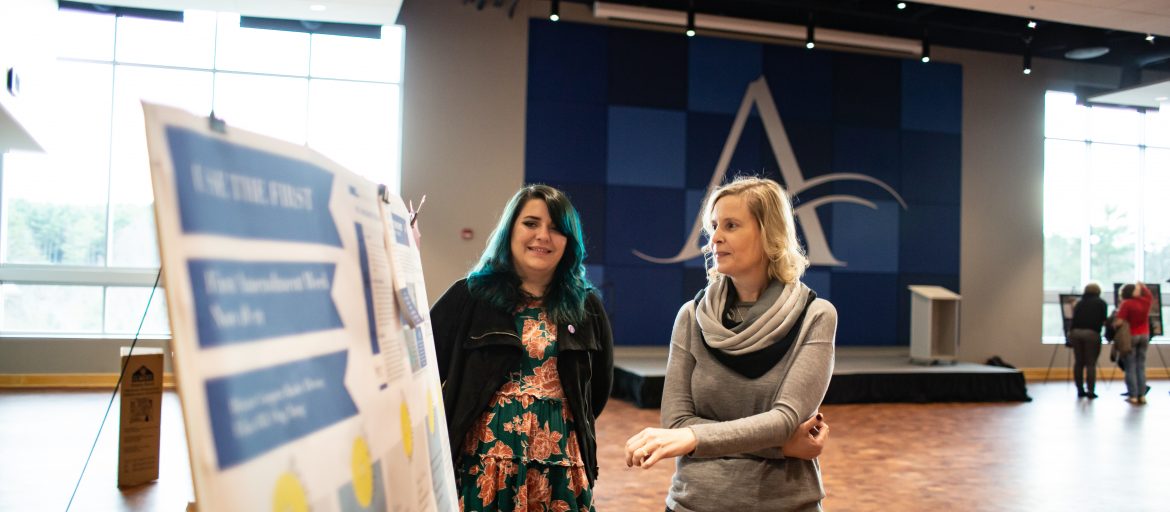Abstract
It is now a well-known fact within both the popular and academic spheres that the Earth is currently in the midst of a mass extinction, in which biodiversity is disappearing at 1,000 to 10,000 times the historical background rate. Though this mass extinction of species is the sixth of its kind in Earth’s history, it is nevertheless unprecedented due to its anthropogenic causes and, furthermore, because it also entails the first ever mass extinction of languages. 50- 90 percent of extant languages—almost all of them indigenous—may be gone by the end of the 21st century, along with an untold number of species. This paper will argue that these ostensibly disparate phenomena are in fact two aspects of a single event, and will provide an overview of the connections between biological and linguistic diversity, including their global geographic coincidence; their concurrent devastation by globocapitalism; and the intimate relationship between indigenous cultures, their languages, and the environment. Thus, drawing upon the parallel circumstances in which biological and linguistic diversity arise, thrive, and perish, this paper will argue that a mutually-inclusive understanding of these domains is necessary to address the extinction crisis afflicting them both. Finally, using a global array of examples, including an integrative analysis of the Māori language of Aotearoa New Zealand, this paper will demonstrate that the traditional ecological knowledge (TEK) and general ethic of sustainability encoded in many indigenous languages can do much to concretely bolster conservation efforts within Western science and global culture.
How to Cite
Montgomery, I., (2014) “Kaitiakitanga i ngā Taonga Tuku Iho: The Symbiotic Conservation of Indigenous Languages and Biodiversity”, Capstone, The UNC Asheville Journal of Undergraduate Scholarship 27(1).
44
Views
175
Downloads
